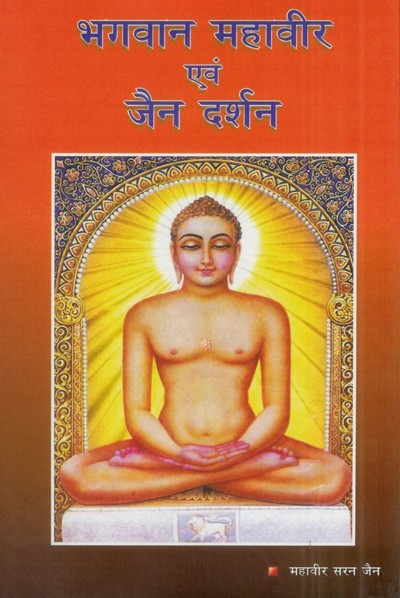1.1.1 Saṁvara (संवर):
It is the opposite of āsrava (आश्रव), which means the inflow of karmas. Jain texts explain the phenomena with the illustration of boating in the river. Suppose we suddenly noticed water rising on the floor of boat. We immediately felt that the boat had a hole and if the leak was not fixed the boat would sink. So, the first thing we did was to find the hole and seal it so that new water would stop coming in. This stoppage of water coming in is called saṁvara. A similar situation is that of our soul which is wandering in worldly affairs. We have so many holes (activities) through which karmas are flowing in at all the times. Our passionate activities allow karmas to become attached to the soul. Once we have realized the effects of such activities, we need to work towards overcoming them so that we can stop new karmas coming in before they further sink the soul. In this way, we can state that saṁvara (संवर) means stoppage of activities (karmic matter) into the soul. A shramaṇa (श्रमण) or monk should consciously strive to stop passions.
It is said in Jain texts that a person, who has a passionately desires he is never satisfied. His craving for many movable and immovable things grows stronger and stronger. He becomes discontent and unhappy. His deceit and falsehood increase on account of his greed. But a person, who is indifferent to attachment and aversion, is free from sorrows; though still in the Saṁsāra. He is not affected by that long succession of pains, just as the leaf of the lotus is not moistened by water. Thus the objects of the senses and of the mind cause pain to passionate parsons, but they never in the least cause any pain to the dispassionate. Pleasant things, by themselves, do not cause indifference or passions; but by either hating or loving them, a person undergoes such a change through delusion.
The attraction of karmic matter towards soul is āsrava. And to stop the attraction of karmic inflow towards soul is saṁvara. There are five passages through which karma enters. Saṁvara is also of five types. As the entrance of water inside the boat stops similarly after closing the passages of āsrava the attraction of karma towards soul also stops.
The main passages of āsrava
आश्रव के मुख्य द्वारThe main types of saṁvara
संवर के मुख्य विभागMiṭhyātva (non-righteousness)
मिथ्यात्वSamyaktva (righteousness)
सम्यक्त्वAvirati (non-abstinence)
अविरतिVrata (abstinence)
व्रतAvirati (non-abstinence)
अविरतिApramāda (carefulness)
अप्रमादKaṣāya (passions)
कषायAkaṣaya (dispassion)
अकषायYoga (vibrations in the soul's space points due to the activity of body, speech, mind)
योगAyoga (The fourteenth guṇasthāna, (attained by the Kevali), when, in the instant before death, all his activities cease)
अयोग
 Dr. Mahavir Saran Jain
Dr. Mahavir Saran Jain
